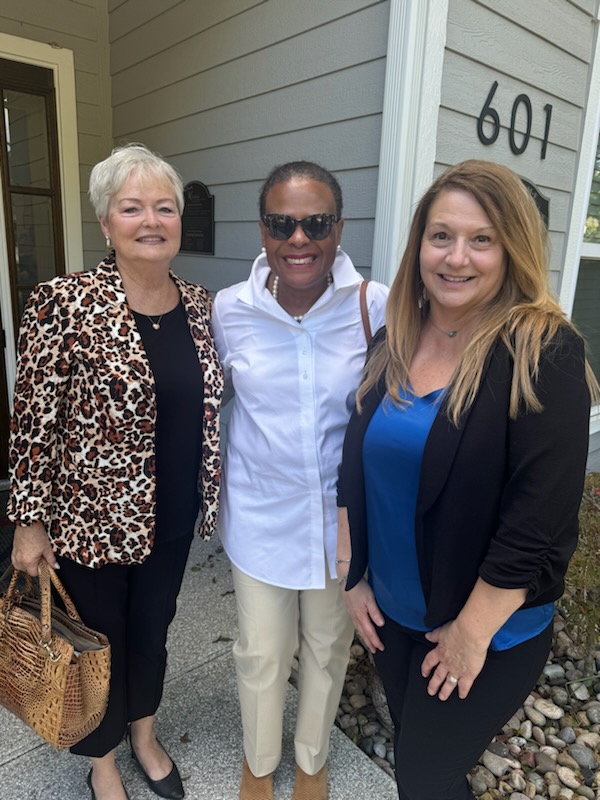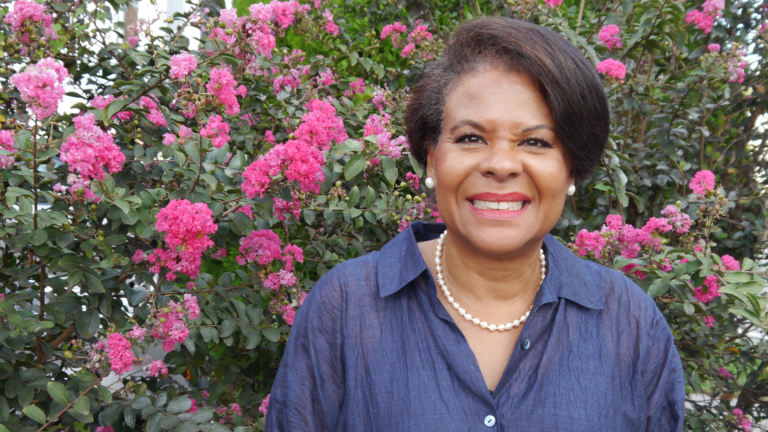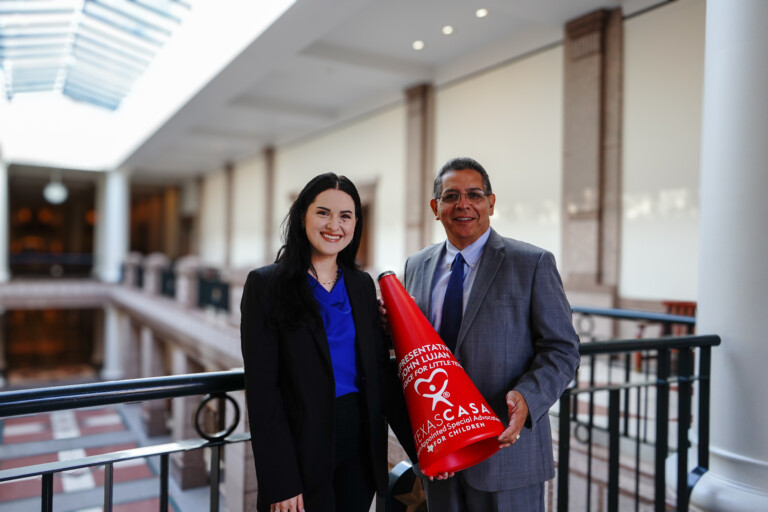James’ Story by Sarah Goggans, Program Director of Lake Country CASA: Spotlight on Suicide Awareness & Prevention
 My CASA journey started in 2014. I was so excited to become a CASA volunteer and help kids in my community who were going through an unimaginable experience. Their world had been ripped apart and I wanted to be there to help them pick up the pieces. I volunteered for the next six years and quickly realized I had found my calling. In 2020 I was asked to join the staff as the Volunteer Recruiter of our local CASA program and have been here ever since. My world as I knew it seemed almost perfect at the time. I had two beautiful children, one girl and one boy. I had been married to a wonderful man for 21 years and now was working for an organization that I felt so passionate about. But in May of 2021, that sense of perfection all came crashing down. I came home one day to find that my 16-year-old son, my beautiful boy, had taken his life. No note, no explanation, no warning- just gone. My son, James, was second in his class at the time and had four best friends that he spent most of his spare time with. We were a close-knit family who ate dinner together most nights around the dinner table talking about our day. We loved watching movies together and walking the dogs. How could this have happened? We had just been talking about what we were going to do for Memorial Day and now I was supposed to plan a funeral. I didn’t know how I was going to survive this.
My CASA journey started in 2014. I was so excited to become a CASA volunteer and help kids in my community who were going through an unimaginable experience. Their world had been ripped apart and I wanted to be there to help them pick up the pieces. I volunteered for the next six years and quickly realized I had found my calling. In 2020 I was asked to join the staff as the Volunteer Recruiter of our local CASA program and have been here ever since. My world as I knew it seemed almost perfect at the time. I had two beautiful children, one girl and one boy. I had been married to a wonderful man for 21 years and now was working for an organization that I felt so passionate about. But in May of 2021, that sense of perfection all came crashing down. I came home one day to find that my 16-year-old son, my beautiful boy, had taken his life. No note, no explanation, no warning- just gone. My son, James, was second in his class at the time and had four best friends that he spent most of his spare time with. We were a close-knit family who ate dinner together most nights around the dinner table talking about our day. We loved watching movies together and walking the dogs. How could this have happened? We had just been talking about what we were going to do for Memorial Day and now I was supposed to plan a funeral. I didn’t know how I was going to survive this.
Suicide is one of those taboo topics that no one ever wants to talk about. For the longest time, I couldn’t even say the word out loud, but sadly, over the last two years, I have become intimately familiar with this topic and wouldn’t wish this nightmare on anyone. The reality, though, is that we can’t ignore this discussion any longer. Suicide is the second-leading cause of death for teens and young adults, ages 10-34 (CDC, 2022). Youth involved in the child welfare system have a high prevalence of many risk factors for mental, emotional and behavioral disorders associated with suicide. Juveniles in foster care have life histories that put them at a greater suicide risk. (youth.gov)
When James died, I took several months off from CASA. I didn’t know how I was going to go back to a job where I was supposed to protect children when I felt like I couldn’t even protect my own child. What would people think of me? Fortunately, I realized that if I was going to keep living, I needed a greater purpose. I needed a reason to get out of bed in the morning. That purpose was CASA and the kids we serve. I needed to help make sure this didn’t happen to any other families. If I could save one child and mother from having to live through this horror, then going back would definitely be worth it.
Since losing James I have become educated about the “signs” of suicide ideation. I still believe most of his signs were well hidden, but I do think as a parent it is important to familiarize yourself with the signs and to talk about this issue as a family even if you don’t think there’s a problem. I promise you — no one is immune. Suicide doesn’t discriminate. It is my goal to teach others what to look for in their own children or family and to teach our volunteers what to look for in the kids they serve. I am just now getting strong enough to be able to do that. Last September, for Suicide Awareness and Prevention Month, I told James’ story to his high school classmates. I spoke to over 1,000 teenagers who had lost one of their own and for over a year were kept in the dark about what happened. Regrettably, I couldn’t give them any answers as to why, but I think it started the conversation about mental health and suicide and helped them realize how important it is to talk about these issues.
One of the hardest things about losing James is the thought that I will have to live the rest of my life without him. But, I am slowly realizing that is not true. James is with me every day and every time I tell his story.


